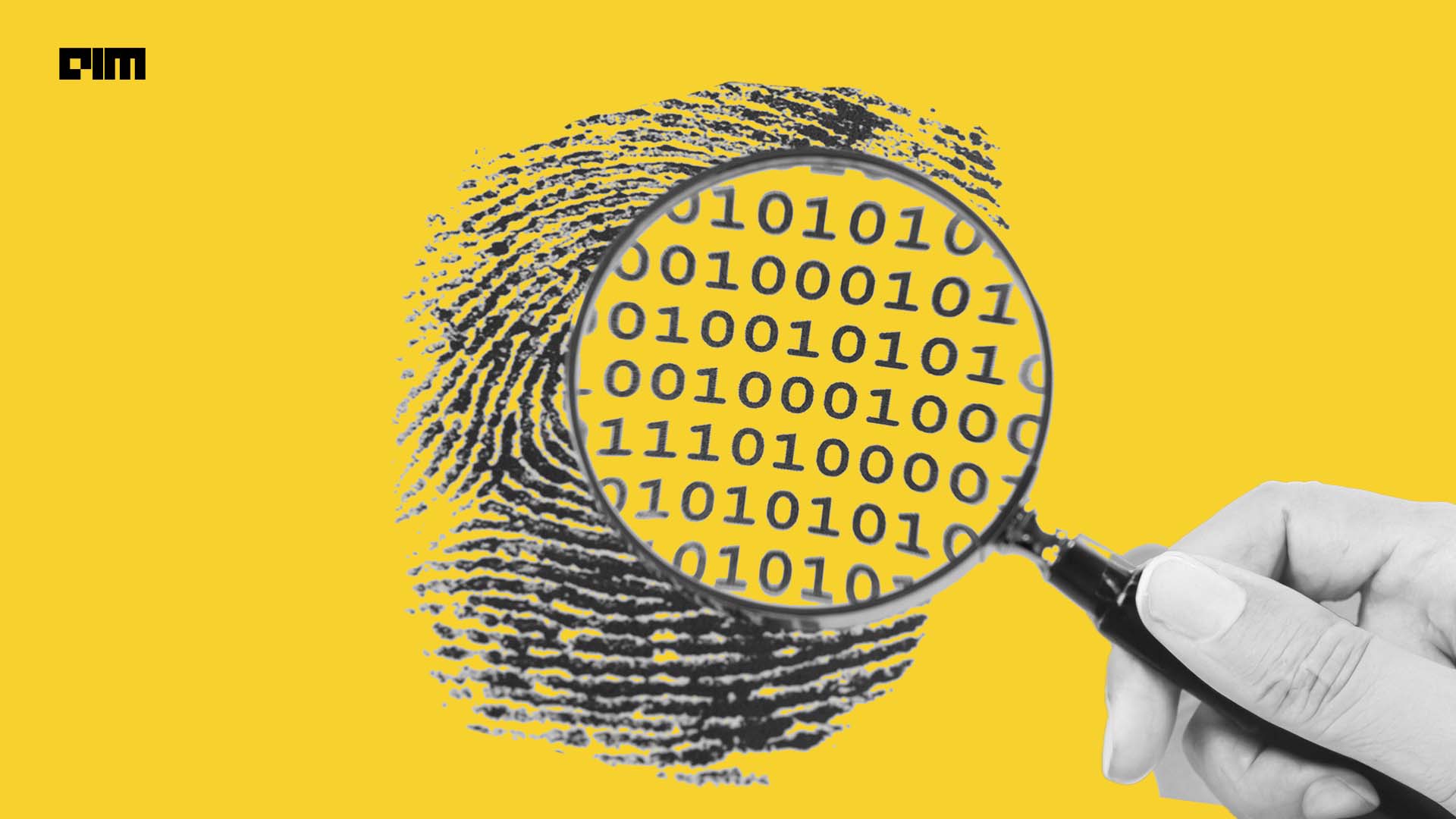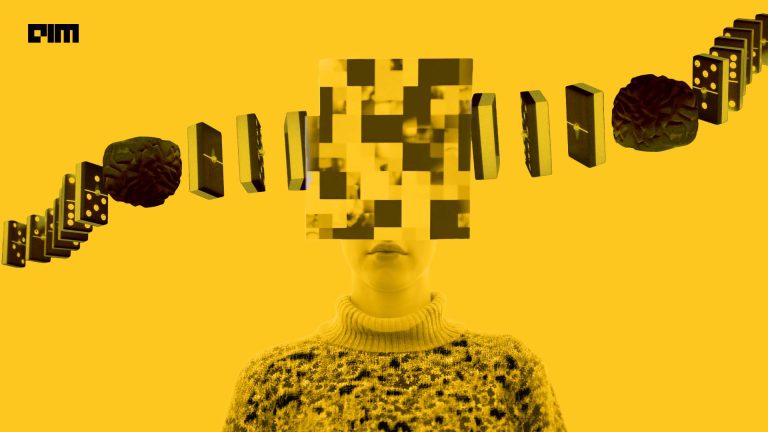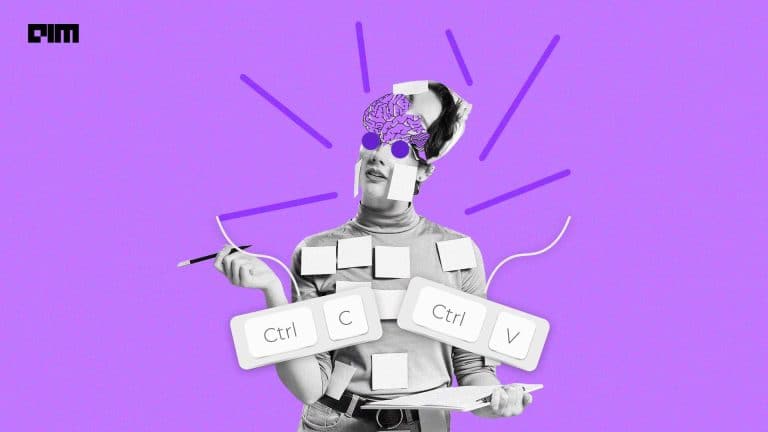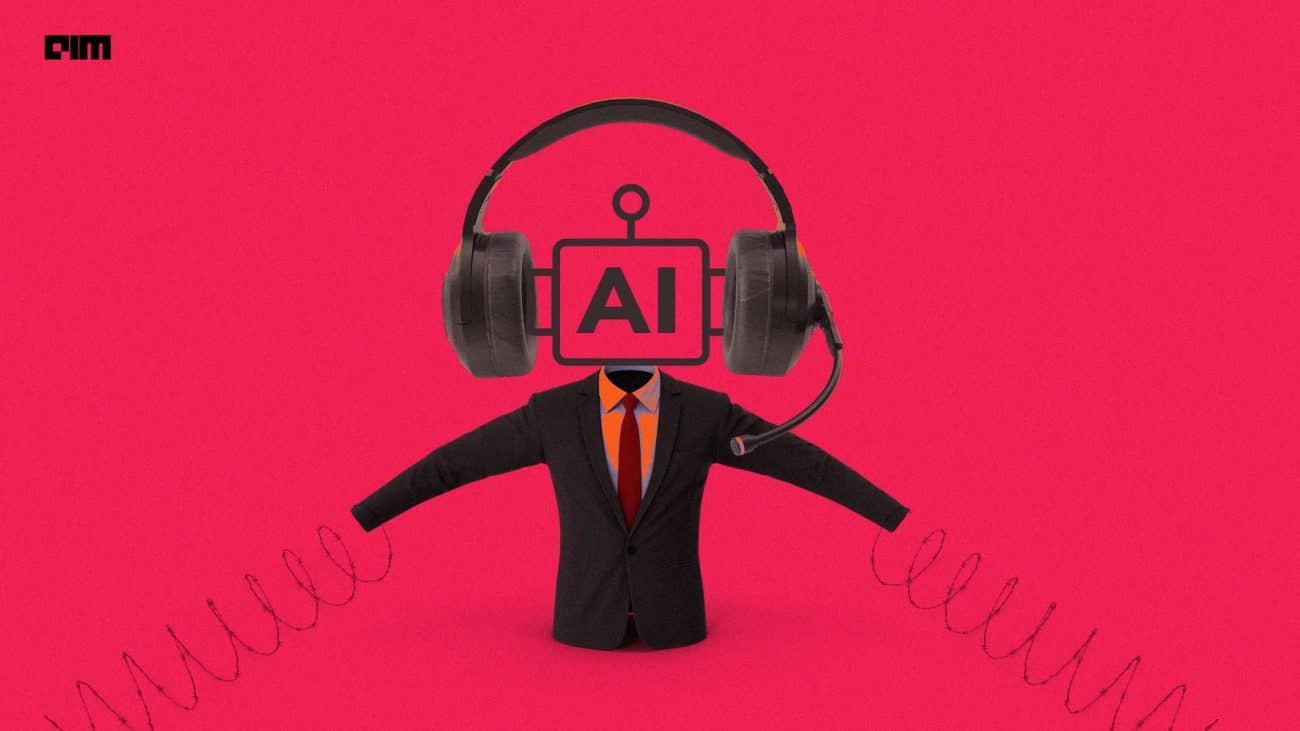|
Listen to this story
|
In January, the Delhi Police solved a ‘blind case’ with the help of AI. A 30-member team used the technology to reconstruct the face of an unidentified victim and then circulated the image to gather information.
The AI-generated image, showing the victim’s face with open eyes and a modified background, was uploaded on the Crime and Criminal Tracking Network (CCTN) website. The victim’s brother recognised the person in the picture and contacted the police, resulting in the identification of the deceased individual.
This milestone, however, merely scratches the surface of AI’s potential. Across the globe, countries like the USA, the UK, Japan, and Singapore are actively harnessing AI to combat various forms of criminal activity.
In one of the reports, Armando Aguilar, the Miami assistant police chief noted, “Before AI, the police department was only able to arrest suspects in 45% of murders and less than 38% of violent crimes. However, after it started using the technology in 2023, it solved 68% of the murders that occurred that year and 58% of the violent crimes.”
As the efficacy of AI in crime-solving continues, here are 9 AI models poised to revolutionise crime detection and prevention.
Video and Image Analysis
AI video and image algorithms are capable of developing and determining their own independent complex facial recognition features/parameters. These algorithms excel in matching faces, recognising weapons and various objects, and detecting events like accidents and ongoing or past criminal activities.
In Malaysia, researchers are actively working on AI software tailored for CCTV cameras to curb street crimes. This software operates independently, analyzing camera footage to identify potential criminal activities.
According to the researchers, the software is multifunctional, capable of detecting weapon possession, aggressive behaviours, and alerting law enforcement of suspected crimes.
DNA Analysis
During a crime, biological material like blood, saliva, semen, and skin cells can be transmitted through contact with people and objects. And with advancements in the DNA technology, we can now detect even small amounts of DNA collected from these biological samples.
Further, to identify and differentiate DNA from multiple individuals, including those not connected to the crime, researchers have worked to explore a new method.
They used a hybrid approach of combining human analysts and AI algorithms supported by the National Institute of Justice research award to overcome the limitations of using only one method.
Emergency Call Software
According to the World Health Organisation, 1 in 3 (30%) of women worldwide have been subjected to domestic violence in their lifetime. To address this issue, a UK-based start-up Untrite AI has designed an AI emergency call software.
Drawing from two years’ worth of historical data related to domestic abuse calls provided by Humberside Police, the system is trained to recognise patterns and prioritise urgent situations effectively.
NarcGuideBot
Quadrant Technologies Confidential has developed NarcGuideBot, an AI-powered assistance in Narcotics Investigations. The tool is designed to help inexperienced officers in complex drug enforcement.
Further, the tool expedites form-related tasks by simplifying form access, providing accurate filling instructions, and ensuring legal compliance through error-detection systems.
Gunshot Detection
Another advancement in AI is to identify unknown shootings. Sensors are installed in multiple infrastructures that are linked to cloud-based programs. These sensors record when and where guns are fired, and further aid in determining the location of the shooter.
The recorded data is then forwarded to the police stations and displayed as a pop-up notification on a computer or mobile device.
Predictive Analysis
Predictive analysis, which uses large volumes of data to forecast and formulate potential outcomes, is a job that requires many years of expertise. But with AI, volumes of information on the law and legal precedence, social information, and media can be used for rulings, identifying criminal enterprises, and predicting people at risk.
Utilising algorithms, the Chicago Police Department collaborated with the Illinois Institute of Technology to gather data and create initial groupings. These groupings are centred on building social networks and conducting analyses to identify potential high-risk individuals.
Blood Pressure Prediction
Machine learning and deep learning techniques for blood pressure prediction might not directly aid in crime solving, but they could contribute to forensic investigations, and criminal and victim profiling in certain cases.
In crime scenes where blood pressure data is available, such as from medical records or wearable devices, machine learning algorithms could analyse this data along with other evidence to reconstruct events leading up to a crime.
Facial Emotion Recognition
Using the hybrid DL architecture based on Convolutional Neural Networks and Stacked AutoEncoder, the facial expression recognition (FER) feature is developed to enhance crime-solving capabilities. This includes suspect and victim identification, sentiment analysis, behavioural analysis, and crime scene analysis.
For instance, during police interrogations, suspects may attempt to conceal their true emotions. FER systems can aid in detecting deception by analysing subtle changes in facial expressions, which could indicate lying or discomfort.
Crime GPT
In a groundbreaking development in India, Crime GPT, an AI tool created by Staqu Technologies, helped the UP Police catch criminals.
Crime GPT can quickly extract information about individuals through both written and spoken inquiries. Its features, including facial and vocal recognition, along with the analysis of criminal networks, promise to streamline investigative processes.
By tapping into digital criminal databases, Crime GPT equips police departments with insights, facilitating specific details about their queries.
Crime GPT is an extended version of Staqu Technologies’ tool Trinetra. It is renowned for its proficiency in tracking criminals via facial and vocal cues. With Trinetra, the UP Police have a database with information on over 900,000 criminals.

































